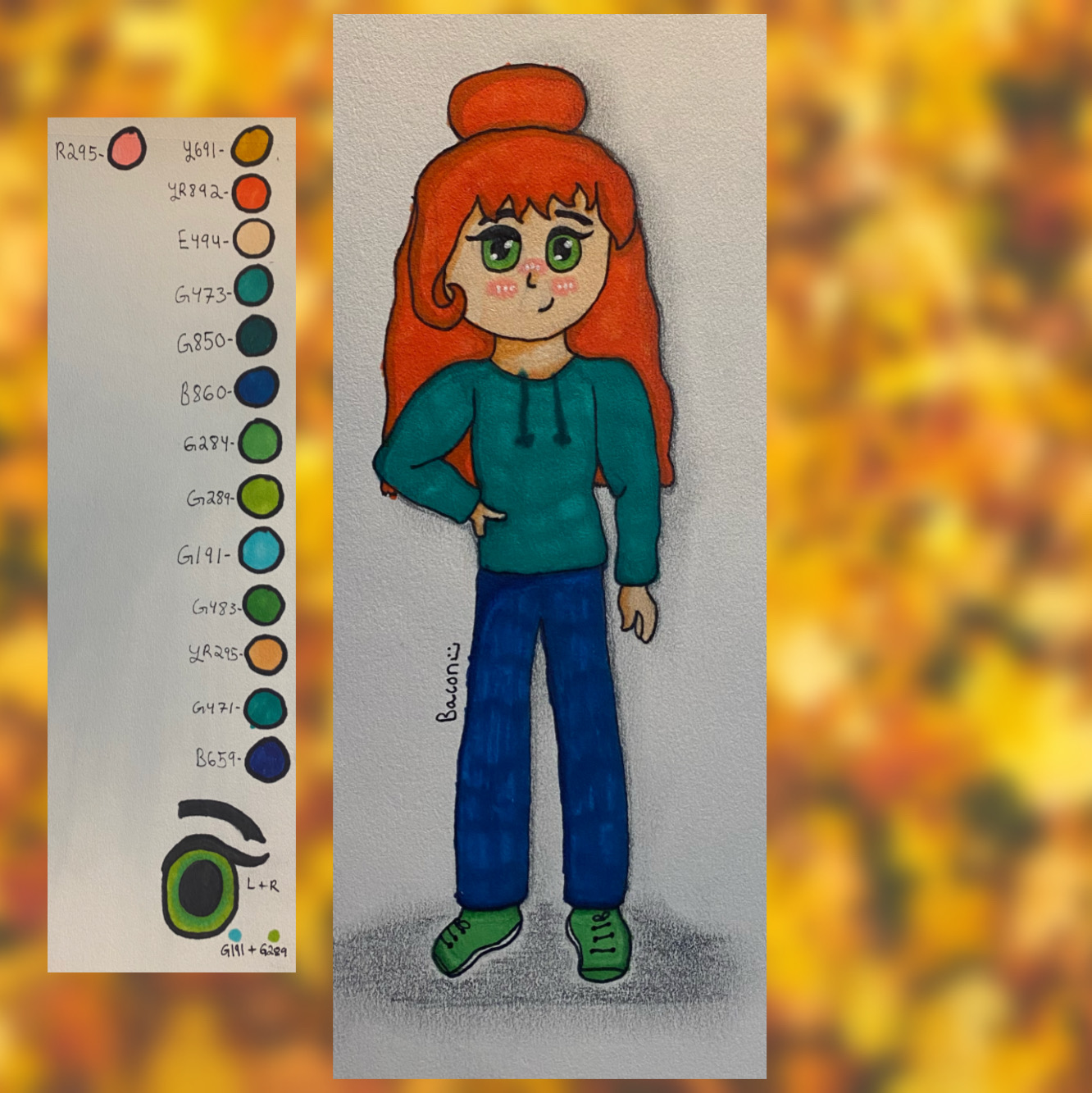Guesstimate the Number of Stars in the Universe
Estimate the number of stars in the universe by counting dots in a sky sample, scaling with multiplication, and comparing answers to learn big-number reasoning.



Step-by-step guide to guesstimate the number of stars in the universe
The Largest Star in the Universe – Size Comparison
Step 1
Gather your Materials Needed and clear a flat workspace to make your sky samples.
Step 2
Draw three 10 cm by 10 cm squares on plain paper using the ruler and pencil.
Step 3
Put lots of small random pencil dots inside the first square to make a starry sample.
Step 4
Put a different pattern of pencil dots inside the second square to make a second sample.
Step 5
Put a third different pattern of pencil dots inside the third square to make a third sample.
Step 6
Count the dots in each square and write each number next to its square with the marker.
Step 7
Use the calculator to add the three counts and divide by three to find the average dots per square.
Step 8
Use the marker to draw a big circle on the large paper or poster to represent the whole night sky you can see.
Step 9
Cut out one of your 10 cm by 10 cm sample squares to make a tile template.
Step 10
Cover the big circle by placing the square template again and again and count how many full and partial squares fit inside the circle.
Step 11
Decide how to count partial squares (for example count two halves as one) and then tally the total number of squares that cover the circle.
Step 12
Multiply the average dots per square by the total number of squares covering the circle to estimate the number of visible-sky stars.
Step 13
Ask an adult or use a computer to find an estimate for the average number of stars per galaxy and the number of galaxies in the observable universe.
Step 14
Multiply your visible-sky star estimate using the galaxy numbers from Step 13 to produce an estimated number of stars in the observable universe and write one short sentence about how your estimate compares to what you researched.
Step 15
Take a photo or write a short description of your finished work and share your creation and what you learned on DIY.org.
Final steps
You're almost there! Complete all the steps, bring your creation to life, post it, and conquer the challenge!


Help!?
What can we use if we don't have a ruler, marker, or calculator listed in the materials?
If you don't have a ruler to draw the three 10 cm by 10 cm squares, print a 10 cm square template or use a measuring tape, and if you don't have a calculator for Step 6 or a marker to write counts or draw the big circle, use a smartphone calculator and a pen or colored pencil instead.
I'm getting mixed up counting dots and covering the big circle—how can we avoid mistakes during counting and tiling?
To avoid errors when making the starry samples (Steps 3–5) mark each dot you count with the marker or tick them off on a photocopy and secure the square template with tape while you cover the big circle in Step 11 so partial-square placement doesn't shift.
How can we change the activity for younger kids or make it more challenging for older kids?
For younger children, make larger 15 cm squares and use star stickers to simplify counting in Steps 2–6, while older kids can sample five or more 10 cm squares, use a spreadsheet to compute the average in Step 6, and calculate uncertainty before applying galaxy numbers in Step 13.
How can we make our star-count poster more interesting or get a more accurate universe estimate?
Enhance the project by repeating Steps 2–12 with colored markers to separate dim and bright 'stars,' graph your three sample counts and show an uncertainty range, refine partial-square counting by tracing and measuring fractions, and include your researched galaxy numbers from Step 13 on the poster before sharing on DIY.org.
Watch videos on how to guesstimate the number of stars in the universe
Stars: Crash Course Astronomy #26
Facts about astronomy and large-number estimation
✨ Astronomers estimate the observable universe holds about 10^22 to 10^24 stars — that's a 1 followed by 22–24 zeros!
🔍 A Fermi problem is a quick, back-of-the-envelope estimation method named after physicist Enrico Fermi — great for guesstimating huge quantities.
🎯 Choosing different sky samples (dense star clusters vs. empty sky) can change your final estimate by many orders of magnitude — sampling matters!
🧮 Sampling a small patch of sky and multiplying by area is the same kind of trick astronomers use to estimate total star counts from telescope images.
🌌 The Milky Way contains roughly 100–400 billion stars — a handy number to remember when scaling up.
How do I do the 'Guesstimate the Number of Stars in the Universe' activity?
What materials do I need to estimate the number of stars?
What ages is the star guesstimate activity suitable for?
What are the benefits and variations of estimating stars in the universe?


One subscription, many ways to play and learn.
Only $6.99 after trial. No credit card required



